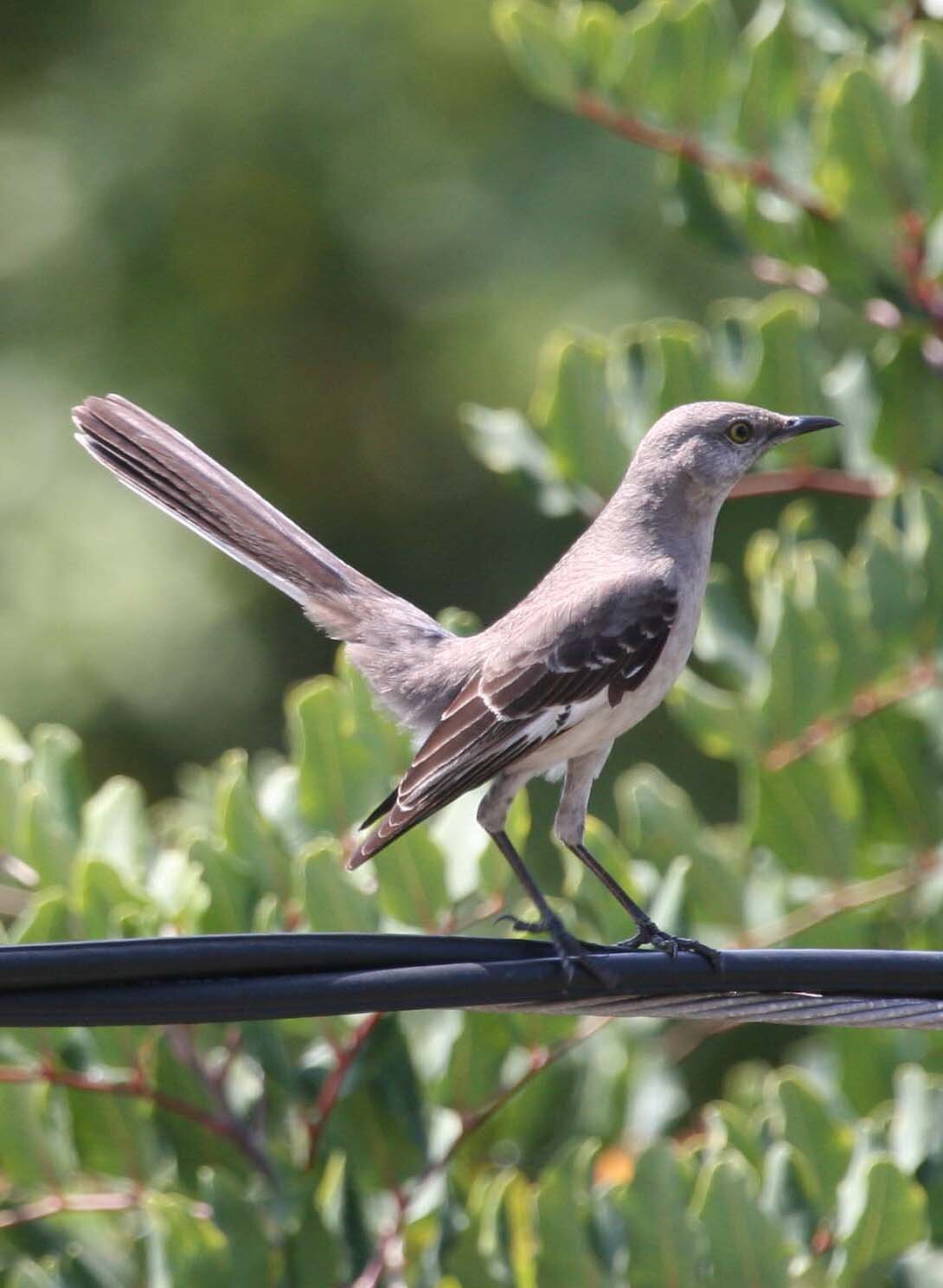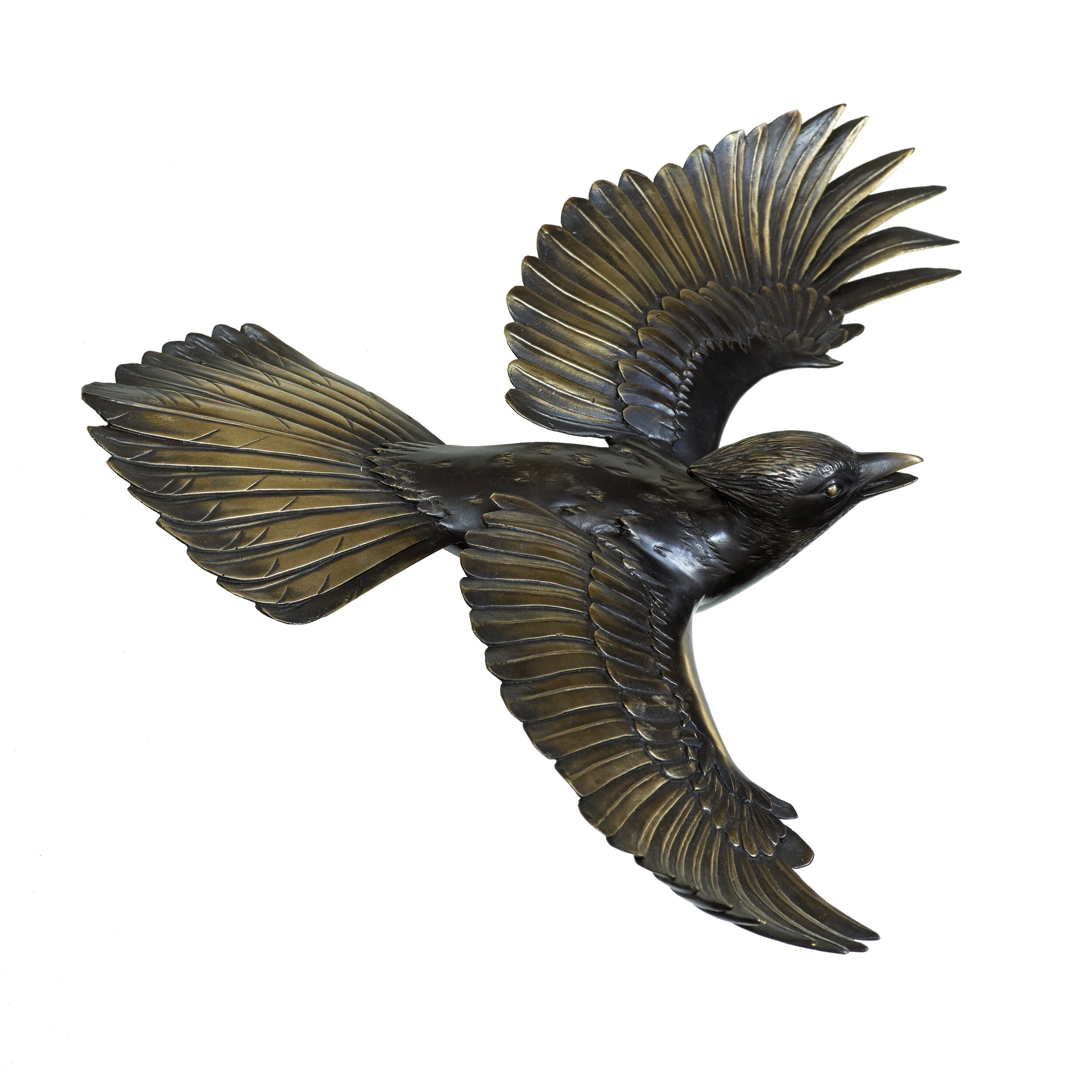Hoodoos of Bryce Canyon an Illustration of Nature's Design Influence - part 2
Hoodoos of Bryce Canyon an illustration of the design influence of Nature – part 2
Following on from last weeks post our journey continued from the Grand Canyon in Arizona through Zion and ended with the surreal landscapes of Bryce Canyon. Over the years we had glimpsed on-line photos of the Hoodoos, but these did not prepare us for the spectacle of Bryce Canyon. It is an other-world experience mysterious and magical and like none we have ever encountered. The word Hoodoo derives from the word voodoo and denotes something that is ill-fated or will bring bad luck which would be the case if one were foolish enough to climb one of these fragile dangerous spires.
photo by Martin Pierce
These fairy chimneys develop over millions of years as the softer inner core of sandstone and mud are eroded by water that freezes and expands creating cracks and holes that are precariously held together by the harder layers of sandstone and limestone*. Bryce Canyon experiences many cycles of extreme heat and cold, moisture and aridity and these dramatic variations cause the softer stone to erode and dissolve leaving behind a collection of fragile spires. The process is ongoing, and these precarious rocks continue to collapse and fall and rumor has it can be heard doing so after dusk has set.
Photo by Martin Pierce
Our on-line and fleeting view of hoodoos did not directly inspire the but there holy skeletal shapes certainly remind us of the hoodoos of Bryce canyon.
















